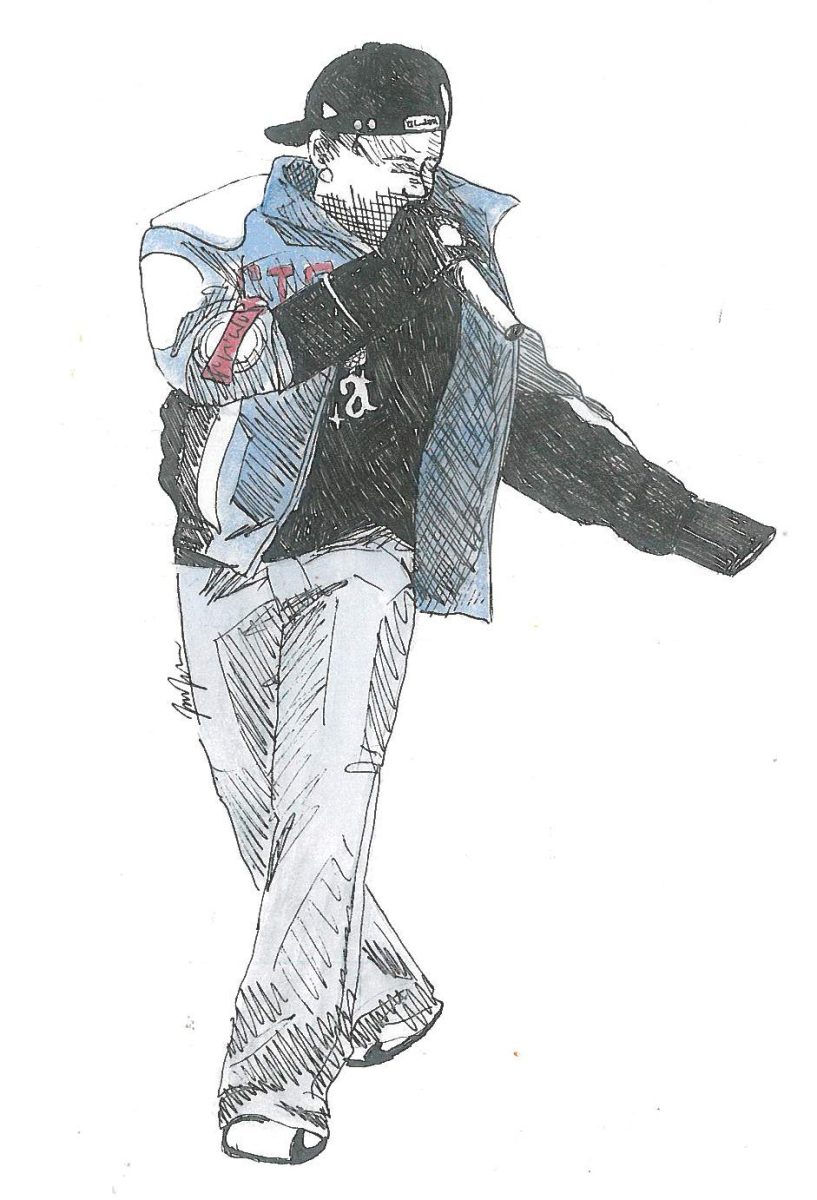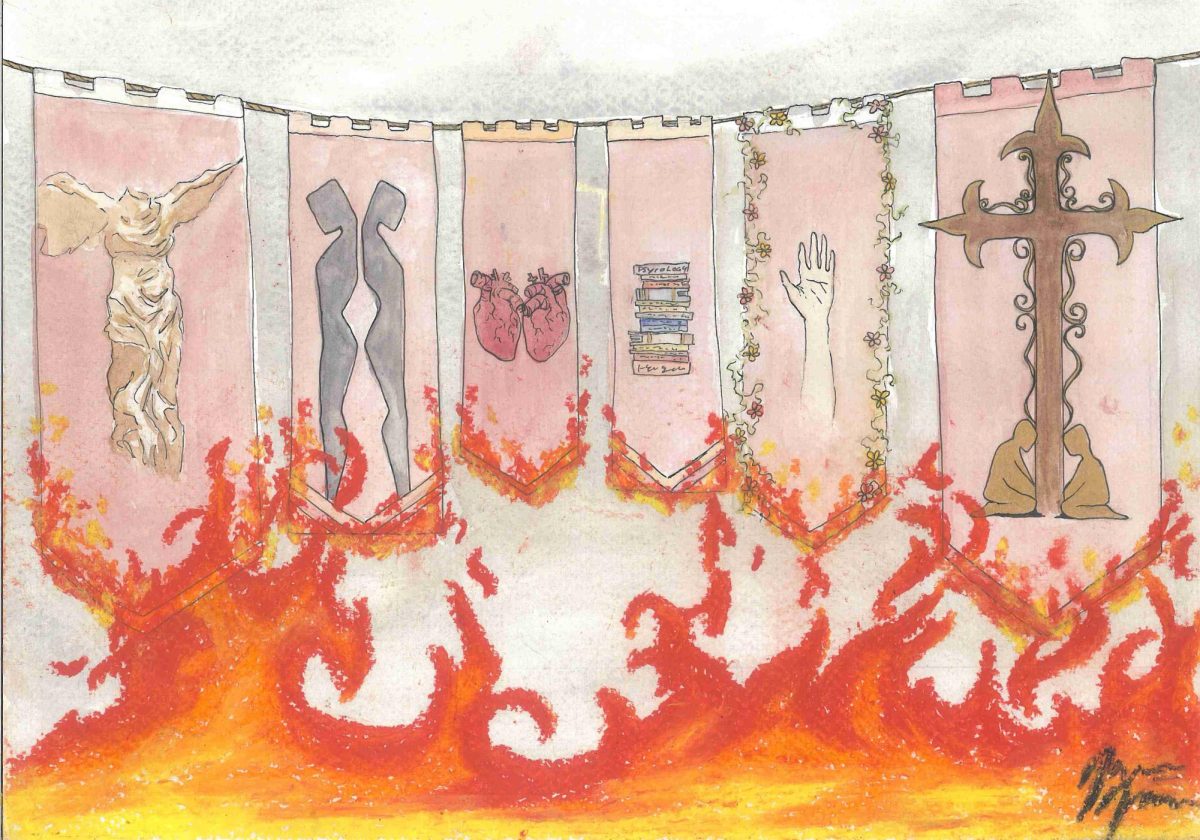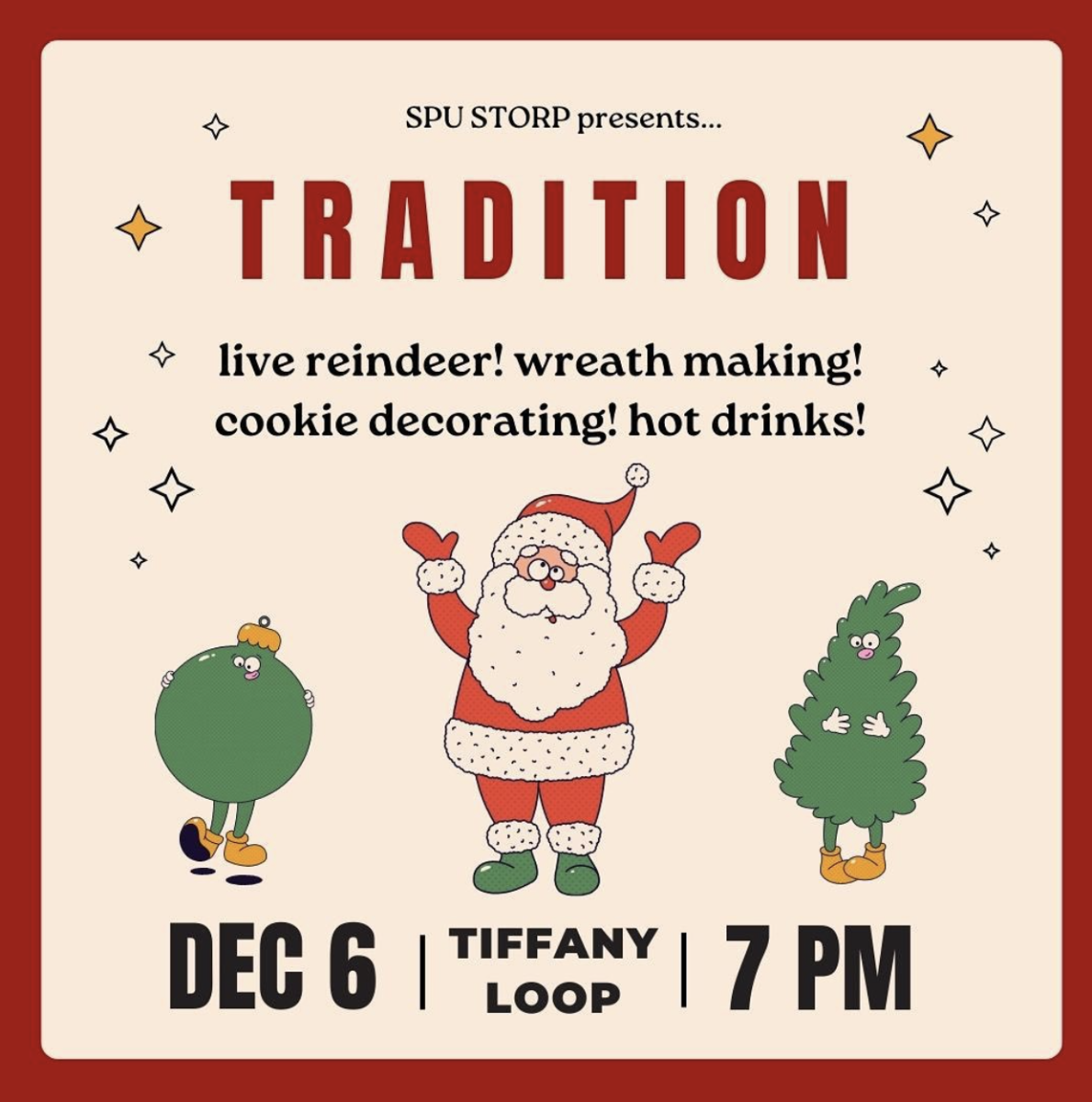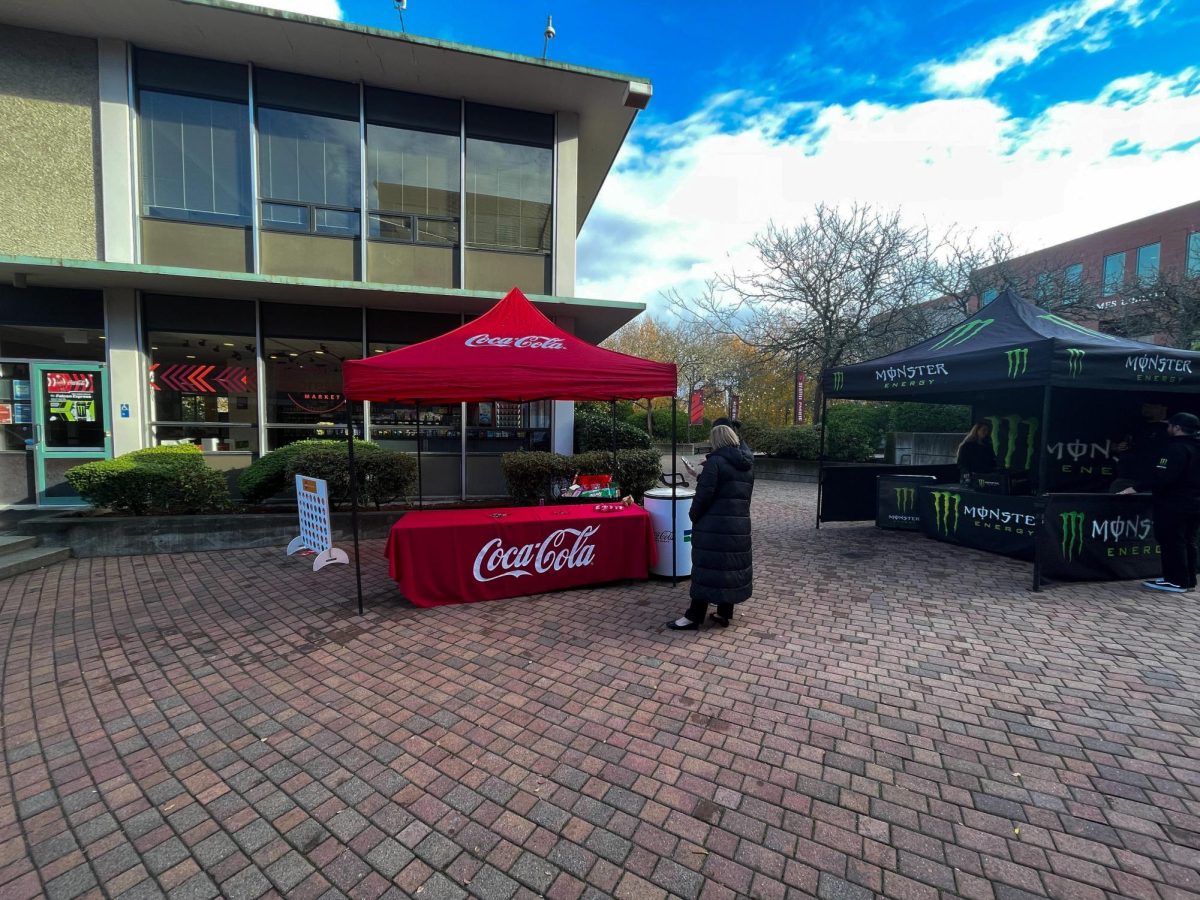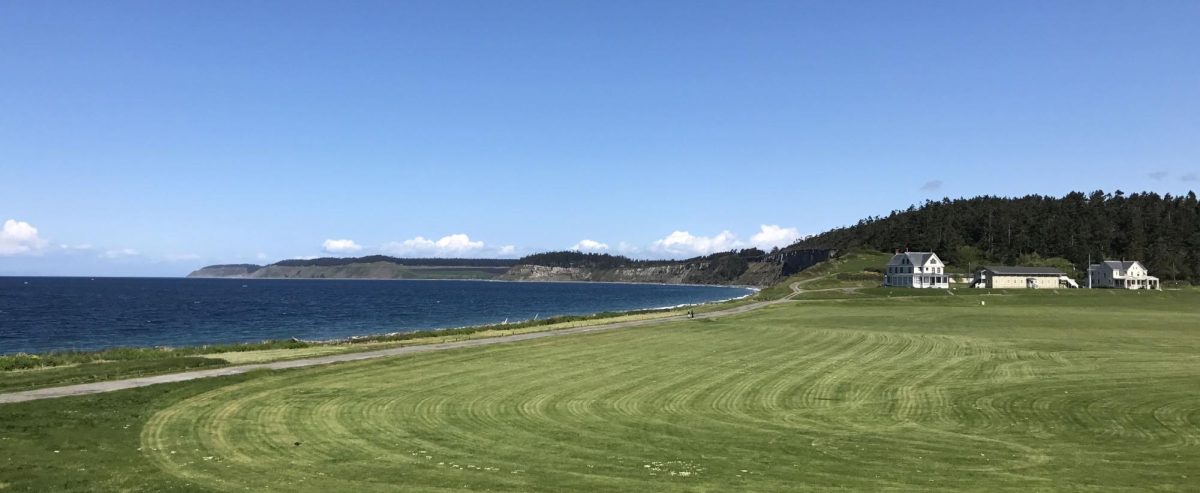Peterson talks significance of ‘social practice’
“[Art] was always something I was interested in, something I was always self-motivated to do,” Andy Peterson, a 10 year adjunct professor at Seattle Pacific University, explained when asked what it was like for him to find his passion in art.
“It was simplicity to a certainty,” Peterson said, explaining how natural creativity in art came to him, and how excited he was when he learned that art was a major and would be taken seriously as a class at SPU.
“Even within the visual arts, or art more generally, I’ve always been driven to push my work into zones aren’t necessarily common or traditional,” he said, talking about the kind of art he likes to do most, a type of art called “social practice.”
To put it broadly, social practice art requires participation of the public in one way or another as part of the process in creating a piece of art.
“Social practice is a little difficult to pin down and define because people take it in different directions,” Peterson said.
“The kind of social practice I am interested in is more educational, operating in educational spaces.”
Peterson’s favorite places to work and create art is in the school rather than by himself in the studio. He shares what it was like for him to take art classes here at SPU.
“I had a different path than a lot of undergrads when I was here, I had to work full time to pay for my education. I didn’t start university here, I transferred here when I started working here,” Peterson said.
His employment gave him a chance to build relationships with the faculty in the art department.
“It took me seven years to get through my undergraduate degree. I think in that time it was helpful because I got the chance to meet and know the faculty and staff in a different way than if I was just a student.”
It was because of these relationships Peterson was able to begin teaching at SPU, teaching introductory art classes.
“I like it when people bring their own ideas and perspectives. I’m not really interested in just delivering information, I’d rather have a discussion with somebody and collectively develop ideas,” Peterson said, talking about why art classes are different from traditional, lecture-based classes.
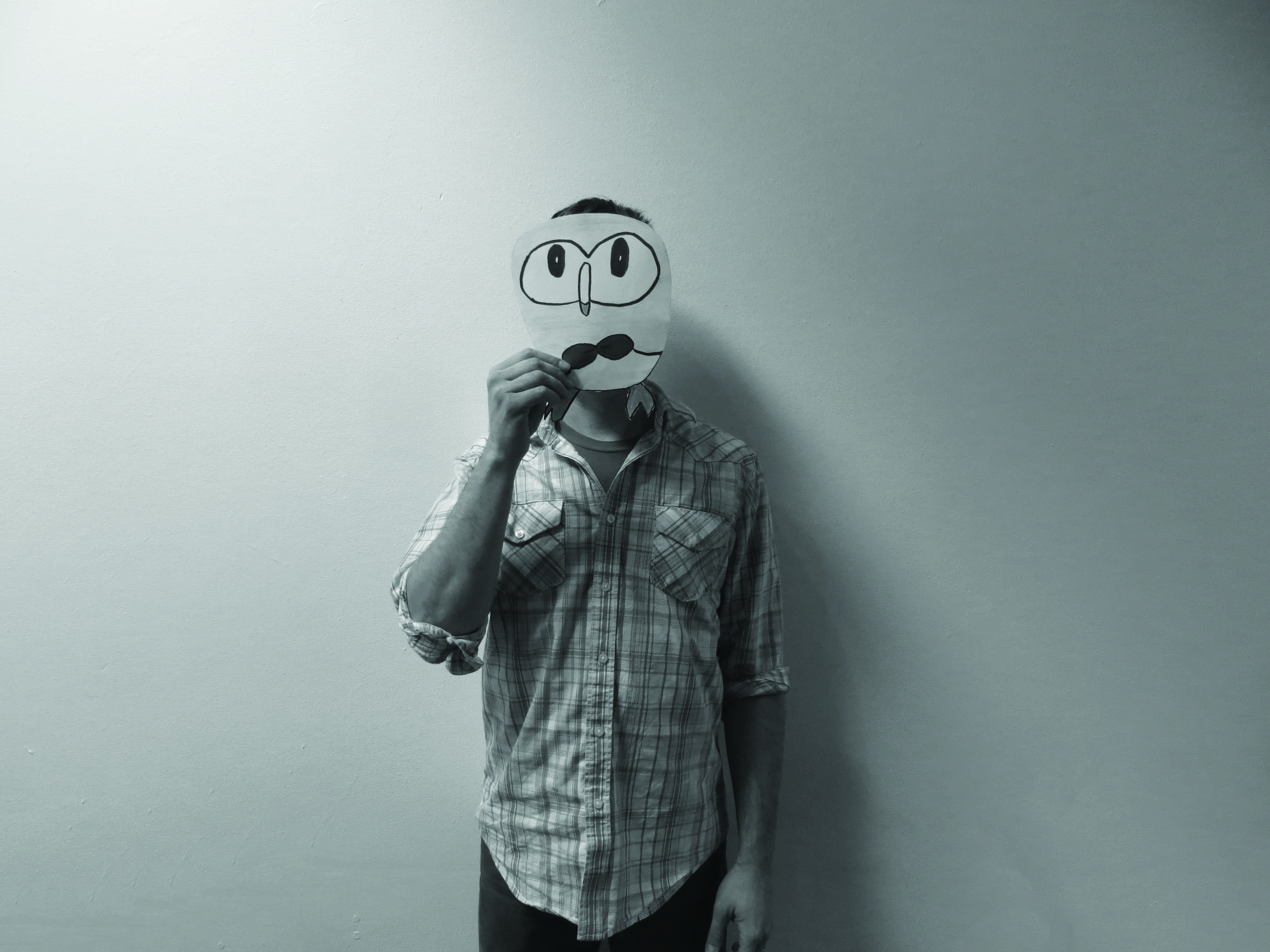
Peterson goes on to explain how art classes are also more action-based and group oriented rather than information and repetition:
“It’s more about building projects and taking ideas and synthesizing them with action.”
SPU isn’t the only school Peterson works at, heading and teaching an art-technology class at four local middle schools.
However, it seemed that young kids were not as interested in the kinds of art Peterson initially wanted to teach:
“Ultimately I wanted to do an art program with young people, but they aren’t as interested in art as I might define it. I was casually interested in technology and I knew that young people would be very interested in it.”
Being able to integrate technology into art opened up new doors for teaching and exploration with the students.
“I don’t tell them what robotics is or could be or what technology is. They already have ideas about that,” he explained.
“What I try to do is create a forum where we can explore these ideas and generate our own definition of what technology might be and how technology might be beneficial, or might be dangerous.”
Some of the ideas explored in the art-technology program involve circuit-bending, conductivity testing and robot building
Find Professor Peterson’s Art-Technology program’s work at @seattleroboticarts on Instagram















































































